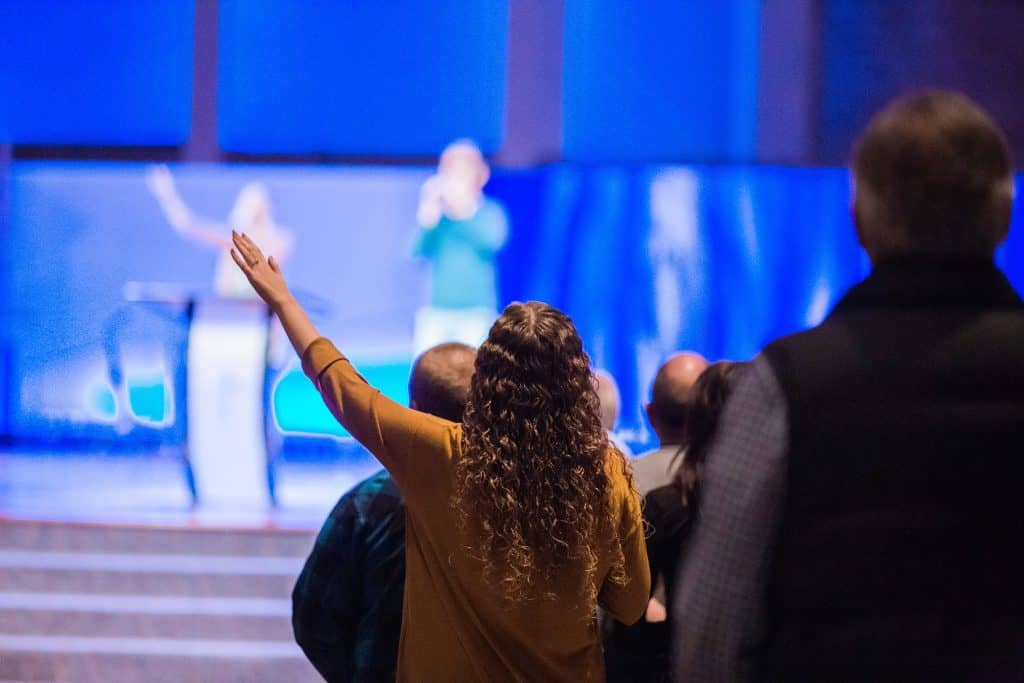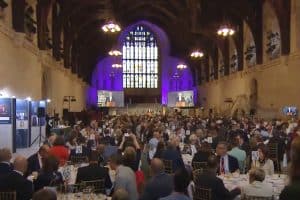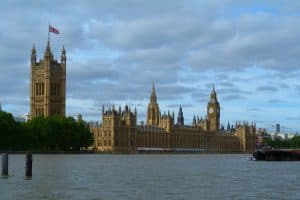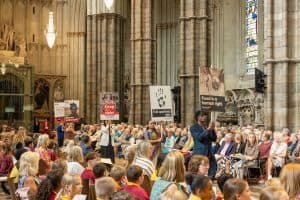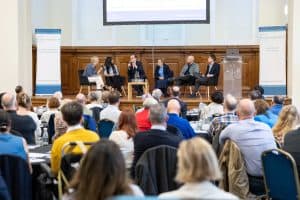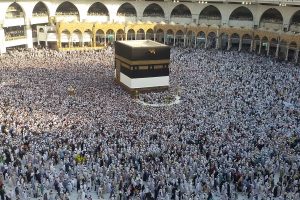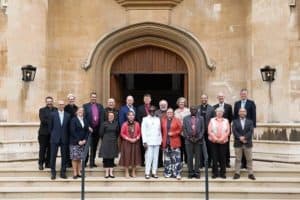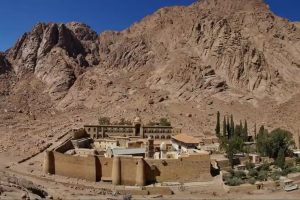By Rosie Dawson
The Public Religion Research Institute in Washington conducts research into the relationship between religion and race, immigration, law and politics. Its founder and chief executive is Dr Robert Jones and his book, The End of White Christian America, published in 2016, charts the demographic changes which mean that in little more than 20 years, the majority of America’s population will be non-white.
Another election year, another book. White Too Long: The Legacy of White Supremacy in American Christianity, is more personal. In it, Jones tells stories from his own experience growing up in Jackson, Mississippi, to support his contention that white Christianity not only supported white supremacy but also provided the cornerstone on which it is built.
“White Christian churches have not just been complacent. They have not only been complicit. Rather, as the dominant cultural power in America they have been responsible for constructing and sustaining a project to protect white supremacy and resist black equality. This project has framed the entire American story.”
Jones was a third grader — aged eight or nine — when his school began accepting a larger number of African-American pupils in 1976. But his church, Woodville Heights Baptist Church, like so many after the civil rights movement, remained resolutely white. Jones accepted the benign interpretation that black and white people chose to worship separately because of their different preferences for music and preaching styles.
He recalls two occasions on which black people attended the church. The first was when an ex-prisoner was invited to address the church on the subject of his life as a criminal and his salvation by Jesus. That didn’t cause a stir. But when one of his school friends attended Sunday morning worship the reaction was one of palpable mistrust and fear: what if the visitor wanted to be baptised by immersion in the baptismal pool, or bring his family to church, or — worst of all — wanted to date one of the teenage girls in the youth group?
The church was part of the Southern Baptist Convention — the largest Christian denomination in the United States — formed in 1845 by Baptists in the south in opposition to their northern co-religionists who insisted that being a missionary was incompatible with being a slave-holder.
Today the convention has acknowledged that history, but Jones says it rushes from confession to absolution without pausing to consider the task of repair or restitution. Albert Mohler, president of the Southern Baptist Theological Seminary, has done more than most to help the convention face up to its past and recently commissioned a report about it. Yet he also says he “gladly stands” with the four founders of Southern Baptist Theological Seminary — all slave-owners — who he calls “titans of the faith”, and the seminary’s buildings continue to bear their names.
Jones says mainstream white Protestantism and Catholicism also adopted the norms of white supremacy and lives with its legacy. Non-black Catholics who had faced persecution and discrimination in the late 19th and early 20th centuries found that they could “become white” both by fleeing to the suburbs and by being co-opted into the emerging religious right’s concentration on abortion and “family values”.
Jones also shows how the constituent parts of American Christian theology contribute to the maintenance of the status quo. He argues that an increasing pre-millennialist theology means that white Christians are waiting for Jesus to return and rescue a world that has collapsed rather than looking for ways in which they can help build God’s kingdom on earth. An interior and individualist mindset also leads them to focus on their personal relationship with Jesus to the detriment of pursuing social justice.
It is tempting for well-meaning white people to associate “white supremacy” with lynchings and the Ku Klux Klan rather than to understand how more broadly it is about “the supremacy of whites, expressed in the institutions, values and faiths of a nation”.
A broader definition would mean we would be less surprised that white American Christians elected Donald Trump in 2016 to “make America great again” — or at least to enable them to hang on to what they still had. Perhaps it would also help us to understand why, in the face of America’s changing demographics, so many will do so again.
Robert Jones is in conversation with Rosie Dawson in a Religion Media Centre zoom briefing on Thursday 22 October at 1400 British time. Further information: [email protected]

